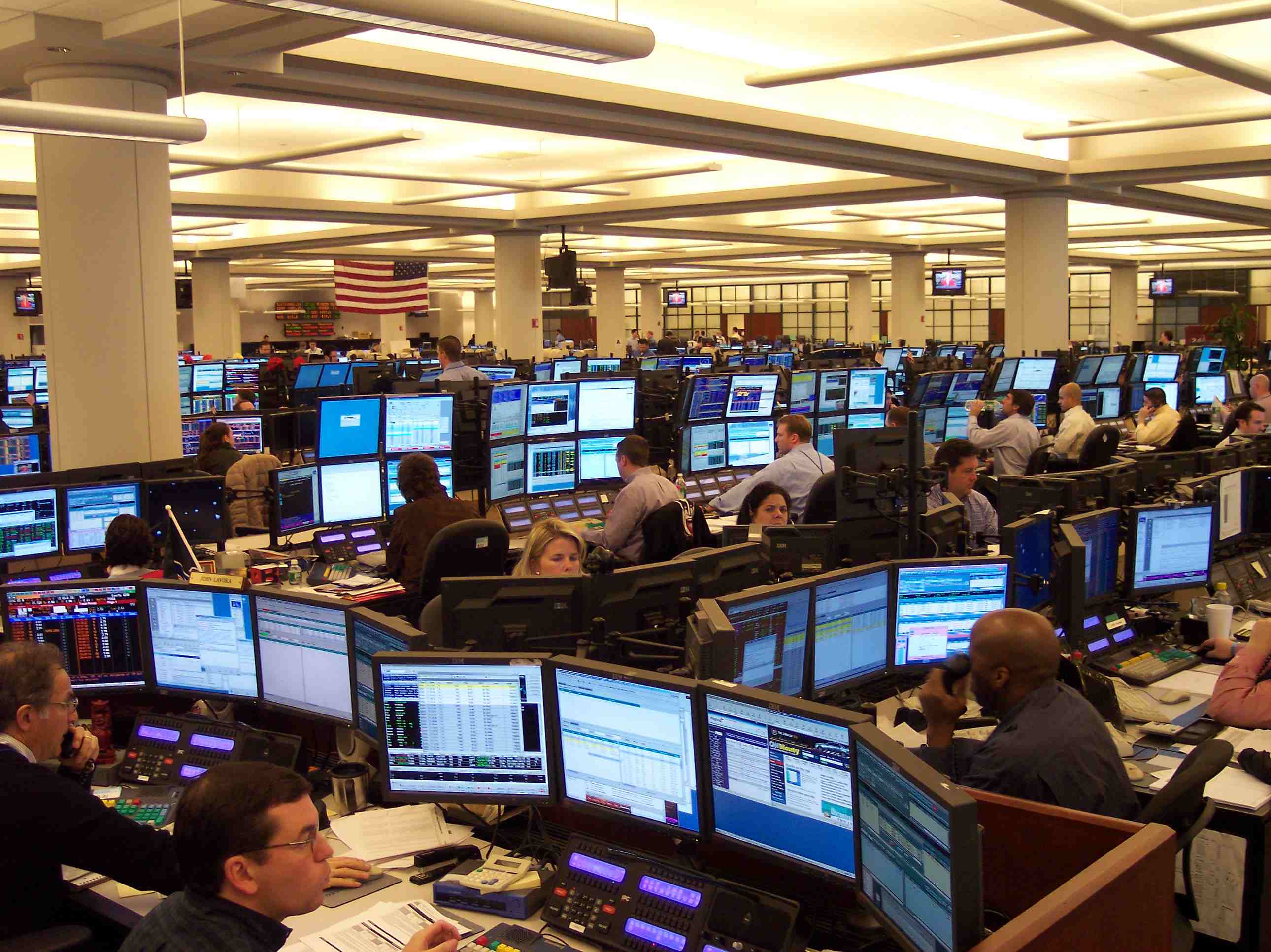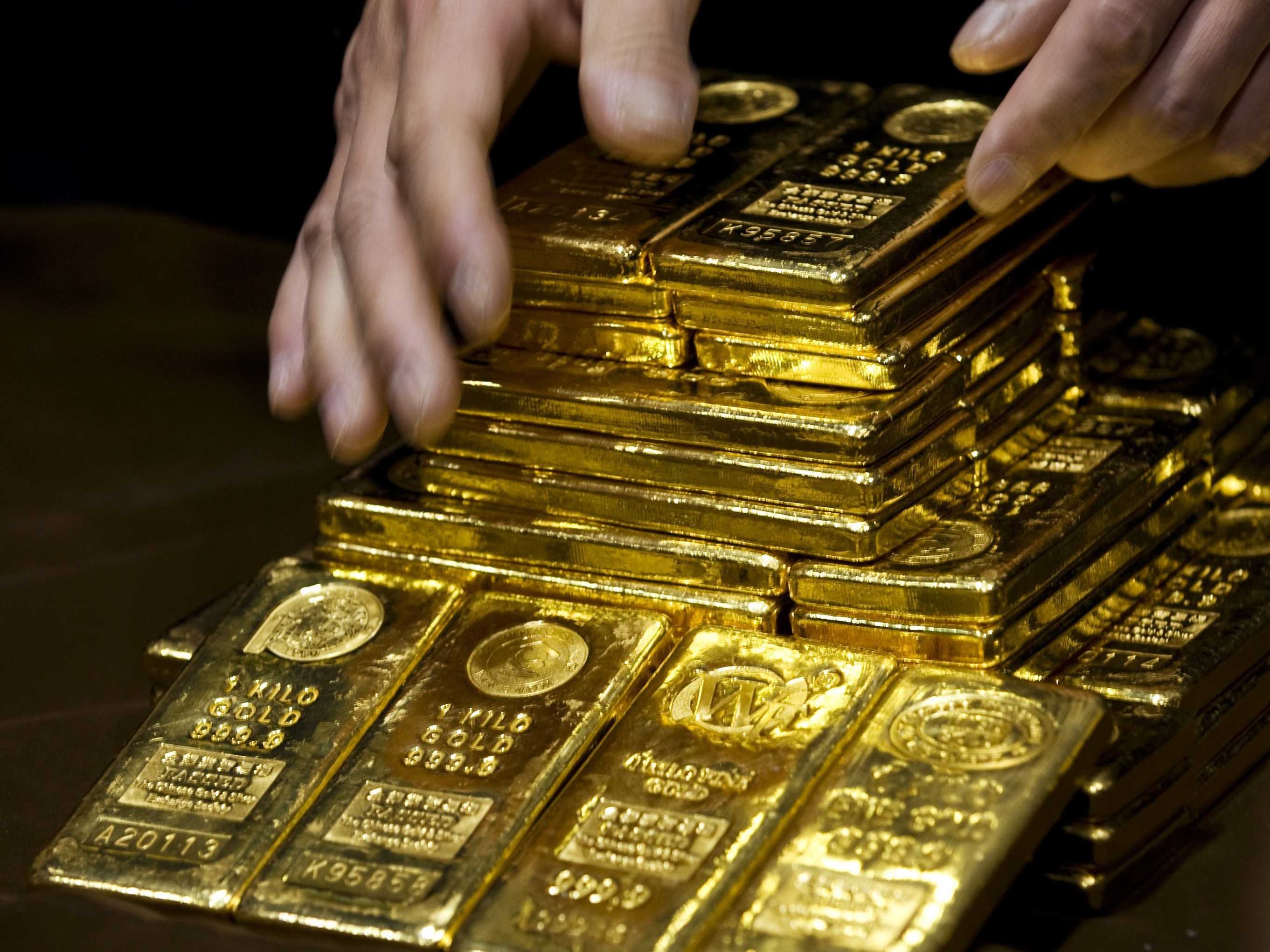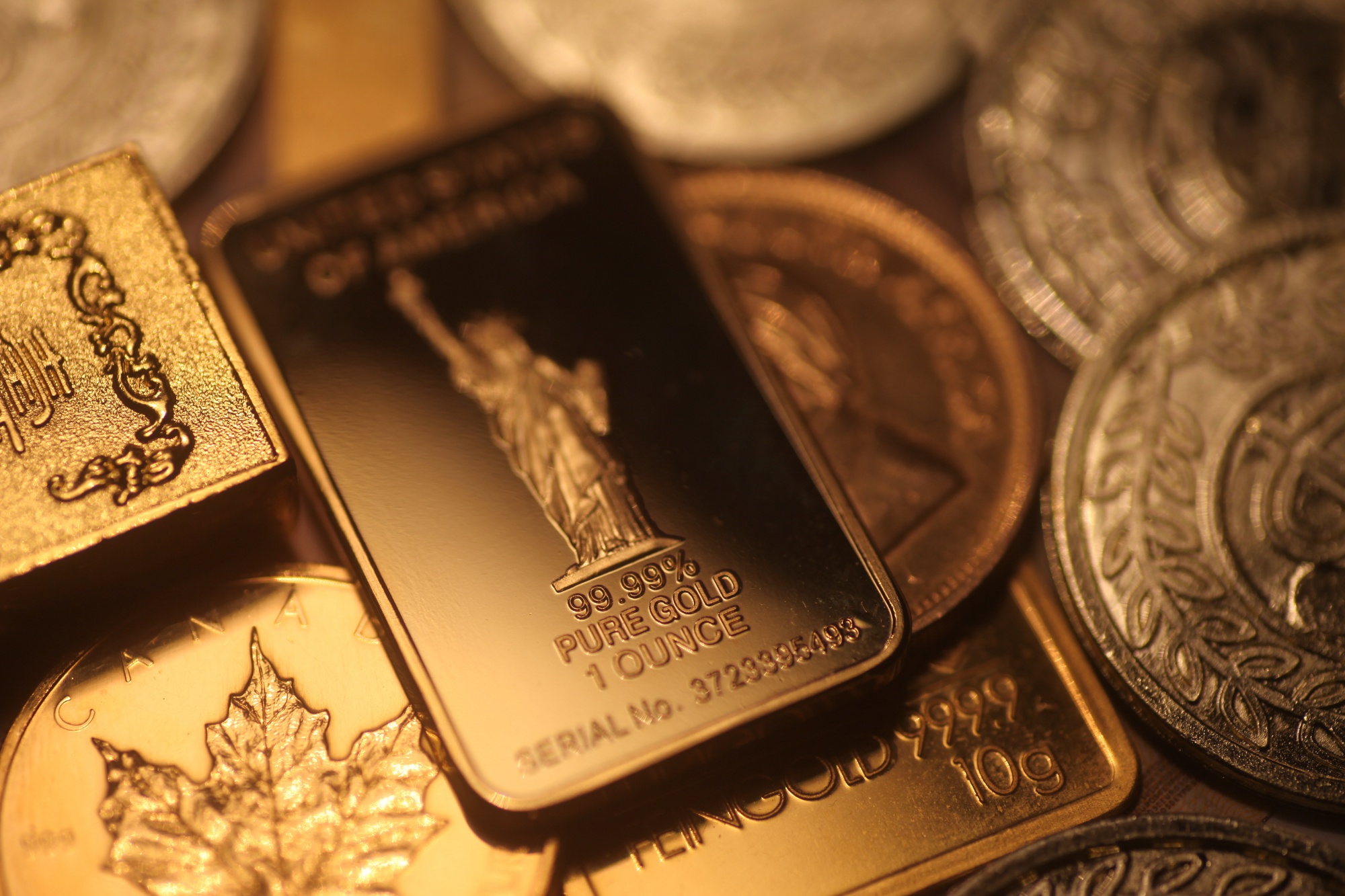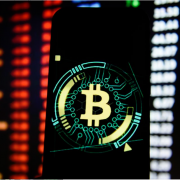Do rising interest rates mean rising silver prices?
Movement of the Federal Reserve’s prime lending rate and the silver market spot price are not exclusive to one another. They do, however, play a pivotal role in relation to each other as well as the economy.
The Federal Reserve’s prime lending interest rate indicates the rate at which central banks and large companies can borrow money. For example, if you walked into a bank and was offered a long-term loan for $1 million and the interest rate was less than 1% then you’d be crazy not to take that offer. This is what the Federal Reserve is offering right now. Giving away all this devalued money so companies can expand and hire more workers might seem like a good idea to some people, but the backlash is what causes silver prices to rise.
When interest rates begin to rise, it becomes obvious that the paper currency in question has been devalued. This forces the price of silver upward, as investors need more paper dollars to buy silver, gold, and other commodities. Thus, in a way rising interest rates do cause higher silver prices, but it’s not always that simple.
Things like supply and demand, mining output, economic growth, international GDP comparisons and more cause further fluctuation of the silver spot price. Even though history has proven that rising interest rates translate into higher silver prices over time, this isn’t something that investors should expect to be cut-and-dry, or happen overnight.
The silver spot price jumped to $55 per ounce during the previous commodities cycle, though much of that growth was due to the Hunt brothers trying to corner the silver market. Silver jumped from $4 per ounce in 2001 to almost $20 today, and interest rates haven’t even begun to rise. Investors’ mere expectations of rising interest rates have caused the silver spot price to grow to such an enormous degree. If history repeats itself, many silver market analysts believe that the “poor man’s gold” could be selling in the triple digits within the next three to five years as interest rates climb closer to double digits in a late attempt to combat inflation.











Comments